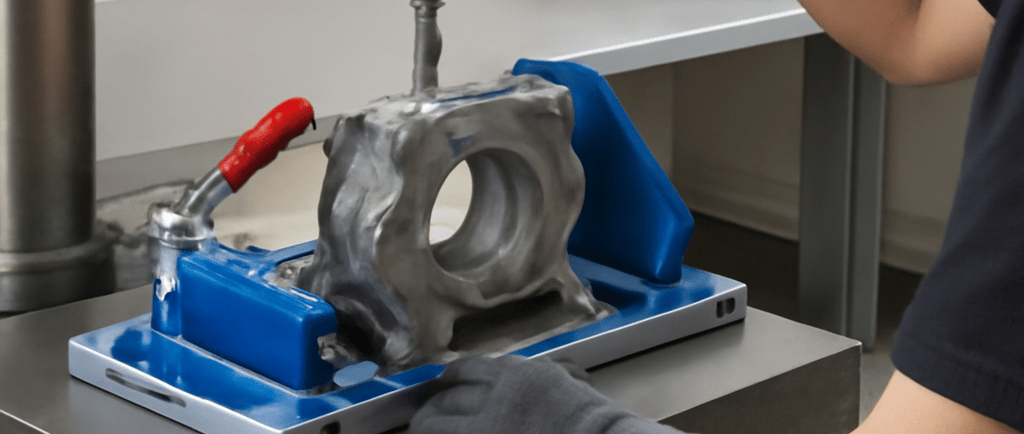Drilling Jigs – Precision, Productivity, and Consistency in Machining
In mechanical manufacturing, accuracy is everything. Whether you’re producing a single prototype or a batch of thousands, every hole must be in exactly the right position, with the right size, and the right finish. That’s where drilling jigs come into play — a vital tool in machining and fabrication that ensures repeatability, reduces human error, and improves overall efficiency.
Neel Sheth
8/13/20252 min read


What is a Drilling Jig?
A drilling jig is a custom fixture that holds the workpiece in position and guides the cutting tool to the exact drilling location. Unlike freehand drilling, a jig ensures holes are drilled with precise location, depth, and orientation, eliminating the need for repeated measurements and marking.
The key component of a drilling jig is the drill bushing, which guides the drill bit into the workpiece. Bushings can be fixed or replaceable depending on production needs.
Why Use a Drilling Jig?
1. Consistency in Production
When manufacturing multiple identical parts, maintaining dimensional accuracy is essential. A jig ensures every part has holes in the exact same position, meeting strict tolerances.
2. Reduced Operator Error
Even skilled machinists can make mistakes when measuring and marking repeatedly. Jigs remove guesswork, reducing scrap rates and rework.
3. Time and Cost Savings
By eliminating the need for constant layout work, drilling jigs significantly cut down cycle times, increasing throughput without compromising quality.
4. Improved Safety
A well-designed jig secures the workpiece firmly, minimizing vibration and reducing the risk of drill bit breakage or workpiece movement.
Types of Drilling Jigs
There are several common designs, each suited for different applications:
Template Jig – A flat plate with drill bushings that sits on the workpiece.
Plate Jig – Similar to a template jig but includes clamps to hold the workpiece.
Channel Jig – Holds the workpiece in a channel-shaped body for stability.
Box Jig – Encloses the workpiece for drilling on multiple surfaces.
Indexing Jig – Allows repositioning of the workpiece for drilling multiple hole patterns.
Leaf Jig – Includes a hinged cover for easy loading/unloading of the workpiece.
Design Considerations for Drilling Jigs
When designing a drilling jig, our team considers:
Accuracy Requirements – Hole location tolerances and finish quality.
Production Volume – High-volume production may require hardened steel bushings and heavy-duty construction.
Workpiece Geometry – Shape, size, and material determine jig design.
Clamping Mechanism – Quick, secure clamping reduces setup time.
Ergonomics – Ease of loading, unloading, and handling to minimize operator fatigue.
Durability – Wear resistance, especially in bushings, to maintain accuracy over long production runs.
Advanced Drilling Jigs with Precision Features
At Denplex Engineering Company, we integrate Poka-Yoke (mistake-proofing) into our jig designs, ensuring that parts cannot be loaded incorrectly. We also use CNC machining for manufacturing jigs, guaranteeing high dimensional accuracy.
In some cases, our jigs are designed for multi-operation setups, allowing drilling, tapping, and countersinking in one fixture, further improving efficiency.
Why Choose Us for Drilling Jigs?
Custom Design – Tailored to your specific part and production process.
High Precision – Manufactured with tight tolerances to match your drawings.
Durable Construction – Built to withstand continuous production.
Expert Support – Our mechanical engineering team assists from concept to delivery.
Solutions Expert!
Quality industrial solutions for diverse industries worldwide.
24AALFD1671P1Z2
GST INFO.
© 2025. All rights reserved. Designed by Denplex IT Team


